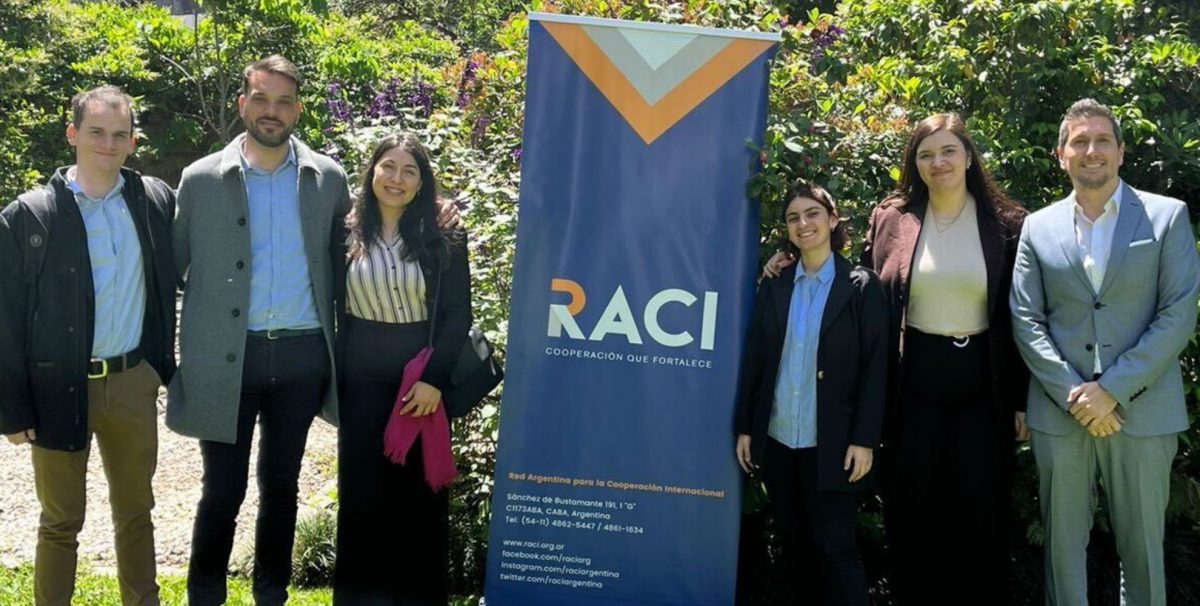According to FAO (2022), this acronym refers to reducing emissions from deforestation and forest degradation (REDD+), in addition to the sustainable management of forests and the conservation and enhancement of carbon stocks, is a fundamental part of global efforts to mitigate climate change. FAO supports developing countries in their REDD+ processes, as well as in the conversion of their political commitments.
In addition, they argue that at the heart of this work are forests and the key role they play in mitigating climate change by removing CO2 from the atmosphere and storing it in biomass and soils. This also implies that when forests are cleared or degraded, they can become a source of greenhouse gas emissions.
“Through REDD+, FAO designs capacity-building support tailored to the specific needs of each country so that it is ready for REDD+. Such readiness is measured through the four key pillars set out in the Warsaw Framework” (FAO, 2022).
Origin
The origin of REDD+ goes back to a proposal submitted by Papua New Guinea and Costa Rica at the 11th Conference of the Parties (COP 11, Montreal, Canada) to the United Nations Framework Convention on Climate Change as a model and framework for climate change mitigation. Subsequently, at COP 13, reducing emissions from deforestation and forest degradation – in developing countries – was expanded to include forest conservation measures, sustainable management of forests and enhancement of forest carbon stocks, this “original expanded version” eventually shaped REDD+, following progress in successive discussions within the UNFCCC (United Nations Framework Convention on Climate Change).
Later, the Paris Agreement (2015) summoned the signatory parties/States (including Argentina) to submit to the UNFCCC their “Nationally Determined Contributions” (NDC) with the global objective of keeping the increase in global average temperature well below 2°C with respect to pre-industrial levels.
The NDC will be achieved through the implementation of a series of mitigation measures throughout the economy, focusing on the energy, forestry, transportation, industry and infrastructure (including waste) sectors. In relation to forests, the National Action Plan for Forests and Climate Change (future REDD+ at the national level) has been developed. The implementation of REDD+ involves the identification of the key components of REDD+, its financing, the development of national and subnational policies in accordance, the evaluation of impacts and safeguards, together with a cross-cutting approach and multidimensional and multi-stakeholder governance.
Huellas para un futuro
The Foundation Huellas para un Futuro (Footprints for a Future) implemented the REDD+ program. Design of cross-cutting strategies for the benefit of vulnerable communities, with the active participation of the Ministry of Ecology and NRR, the Ministry of Climate Change and the Missionary Institute of Biodiversity (IMiBio) of the Province of Misiones.
In May 2022, Phase II of the REDD+ Capacity Building Project for Indigenous People, Civil Society and Local Communities in Latin America and the Caribbean began through Acicafoc Centroamerica, based in Costa Rica, under the Forest Carbon Partnership Facility with funding from the World Bank.
Continuing with PHASE I, carried out during the 2019-2020 period, Huellas para un Futuro Foundation executed, on this occasion, the program “REDD+. Design of cross-cutting strategies for the benefit of vulnerable communities”, with the active participation -as relevant actors- of the Ministry of Ecology and NRR, the Ministry of Climate Change and the Misiones Province’s Institute of Biodiversity (IMiBio).
After six months of work, the closing of this program was celebrated on Friday, October 14 at the residence of the Australian Ambassador in Argentina. From RACI, we encourage and promote this type of projects, and it is an honor to have been present.

